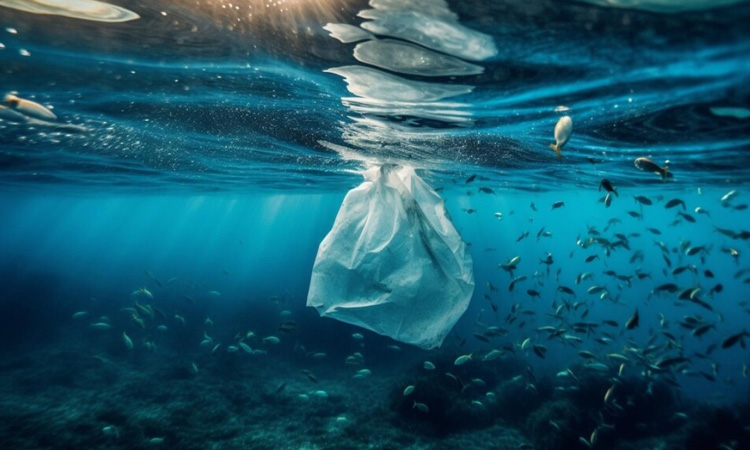The vast expanse of the world’s oceans harbors a hidden threat that is imperceptible to the naked eye but poses a colossal danger to marine life — microplastics. These minuscule particles, often invisible to us, have woven their way into the very fabric of our oceans, leaving a trail of environmental havoc in their wake. In this article, we will delve into the harm caused by microplastics to marine ecosystems, exploring their origins, impact on marine life, and potential solutions to mitigate this growing crisis.
Understanding Microplastics: The Unseen Peril
-
What Are Microplastics?
Microplastics are tiny plastic particles, less than five millimeters in size, that result from the breakdown of larger plastic items or are intentionally manufactured at microscopic scales. They can be categorized into two main types: primary microplastics, which are purposefully produced small particles, and secondary microplastics, which result from the degradation of larger plastic items.
-
Sources of Microplastics:
Microplastics enter marine ecosystems through various pathways. These include the breakdown of larger plastic debris, the release of microbeads from personal care products, and the shedding of synthetic fibers from textiles during washing.
The Invisible Threat to Marine Life: Impact on Species
-
Filter Feeders and Ingestion:
Filter-feeding marine organisms, such as plankton, filter their food from the water. Unfortunately, microplastics, being of similar size, can be ingested alongside their natural prey. This ingestion sets off a chain reaction that affects species higher up the food chain.
-
Bioaccumulation:
As microplastics are consumed by smaller organisms, they accumulate within their tissues. This process, known as bioaccumulation, intensifies as these smaller organisms are consumed by larger predators. The concentration of microplastics magnifies as it ascends the marine food web.
-
Toxicological Impact:
Microplastics are not inert substances. They can absorb and concentrate harmful chemicals from the surrounding environment. When marine organisms ingest these plastics, they are exposed to a cocktail of toxins, leading to adverse health effects and disruptions in their biological functions.
Impact on Ecosystem Dynamics: Disrupting the Balance
-
Biodiversity Loss:
The harmful effects of microplastics ripple through ecosystems, leading to biodiversity loss. Species that are particularly vulnerable to plastic ingestion, such as marine turtles and seabirds, face population declines that can disrupt the delicate balance of ecosystems.
-
Habitat Contamination:
Microplastics settle on the ocean floor, contaminating habitats like coral reefs and seafloors. This contamination can have cascading effects on the organisms that dwell in these environments, threatening the health of entire ecosystems.
Human Connection: The Unseen Impact on Human Health
-
Seafood Contamination:
As microplastics infiltrate marine life, they can end up on our dinner plates. Seafood, a staple for many, may contain microplastics, leading to potential health risks for those who consume contaminated marine products.
-
Toxic Transfer:
The toxins absorbed by microplastics can transfer to the tissues of marine organisms. When humans consume these contaminated organisms, they unwittingly expose themselves to the same harmful substances, creating a direct link between marine pollution and human health.
Learn about the global distribution of microplastics, their potential risks to human health, and discover solutions for a sustainable future. Join the call to action, from reducing plastic usage to promoting wastewater treatment, as we strive to protect our oceans from the pervasive harm of microplastic pollution.
Next On Your Reading List:



